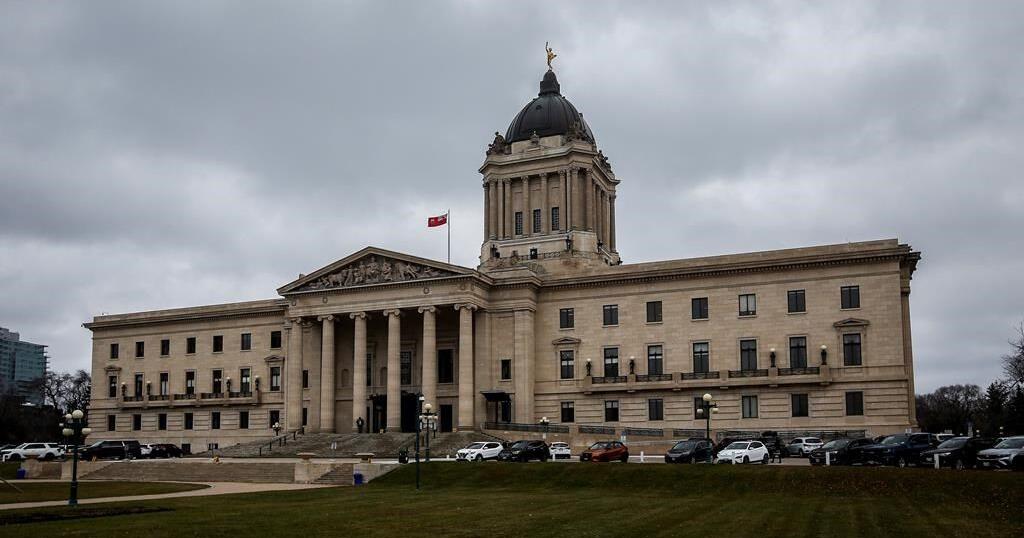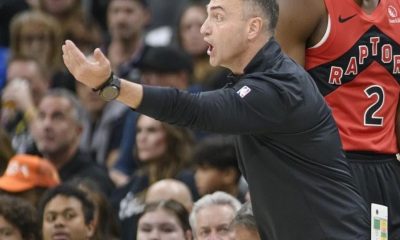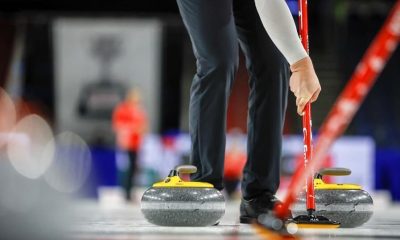LONDON (AP) — Lawyers representing dozens of women who say they were raped and sexually abused by Mohamed Al Fayed, the former boss of the famous London department store Harrods, said the case was akin to the crimes of sex offenders Jimmy Savile, Jeffrey Epstein and Harvey Weinstein.
At least two published reports have said there are Canadians among Al Fayed’s alleged victims.
At a press briefing in London on Friday in the wake of the BBC documentary “Al-Fayed: Predator At Harrods,” the lawyers described the Egypt-born businessman who died last year at the age of 94 as a “monster” who abused young women and girls who worked at the department store during his 25-year ownership.
“This case combines some of the most horrific elements of the cases involving Jimmy Savile, Jeffrey Epstein and Harvey Weinstein,” said lead lawyer Dean Armstrong. “Savile because in this case, as in that, the institution, we say, knew about the behavior. Epstein because in that case, as in this, there was a procurement system in place to source the women and girls — as you know there are some very young victims. And Weinstein, because it was a person at the very top of the organization who was abusing his power.”
One of Al Fayed’s alleged victims, who went by the name Natacha, told the press conference that the billionaire businessman was “highly manipulative” and “preyed on the most vulnerable, those of us who needed to pay the rent and some of us who didn’t have parents to protect them.”
In a statement given to the BBC documentary, the new owners of Harrods, who bought out Al Fayed in 2010, said they were “utterly appalled” by the allegations of abuse but added that they were only made aware of them last year.
“While we cannot undo the past, we have been determined to do the right thing as an organization, driven by the values we hold today, while ensuring that such behaviour can never be repeated in the future,” the owners said in a statement.
However, Armstrong queried Harrods’ claim that it knew nothing as sexual allegations had been made against Al Fayed for decades.
“We are here to say publicly and to the world, or to Harrods in front of the world, that it is time that they took responsibility, and it is time that they set matters right, and that is something they should do as soon as possible,” he said.
U.S. lawyer Gloria Allred, who has represented victims in some of the most notorious sexual abuse cases in recent years, including Epstein, Weinstein and Bill Cosby, also spoke.
“Harrods is often referred to as the most beautiful store in the world … many women dreamed of working there, to be associated with this prestigious corporation and to further their careers,” she said. “However, underneath the Harrods glitz and glamour was a toxic, unsafe and abusive environment.”

























